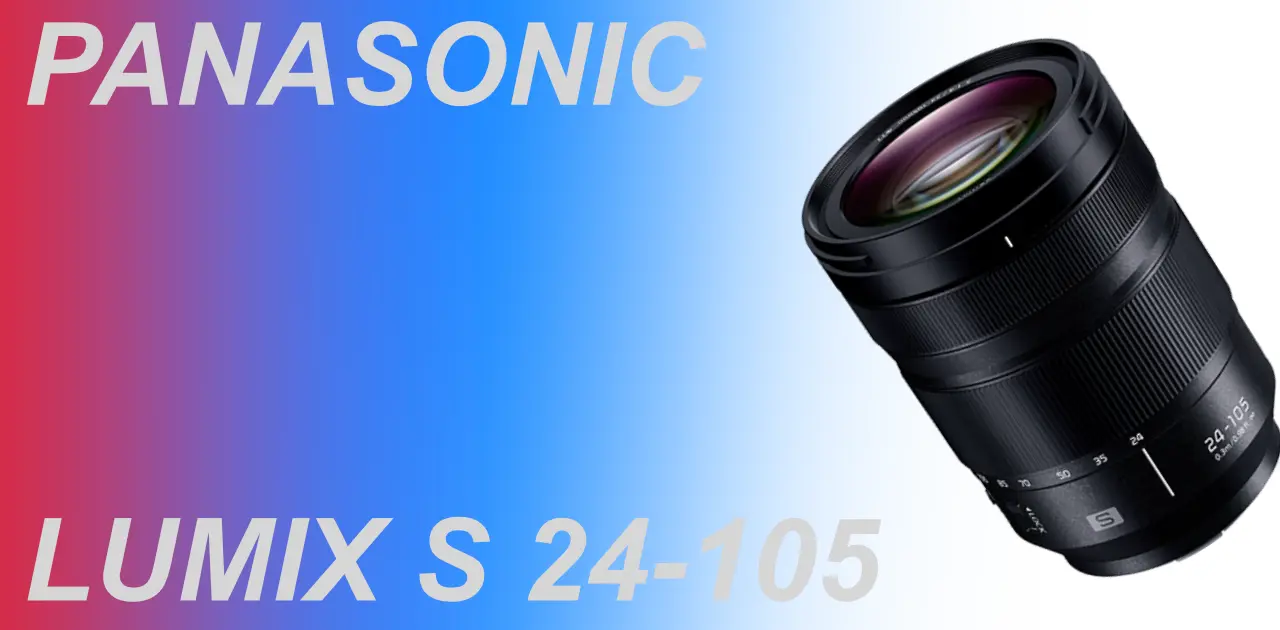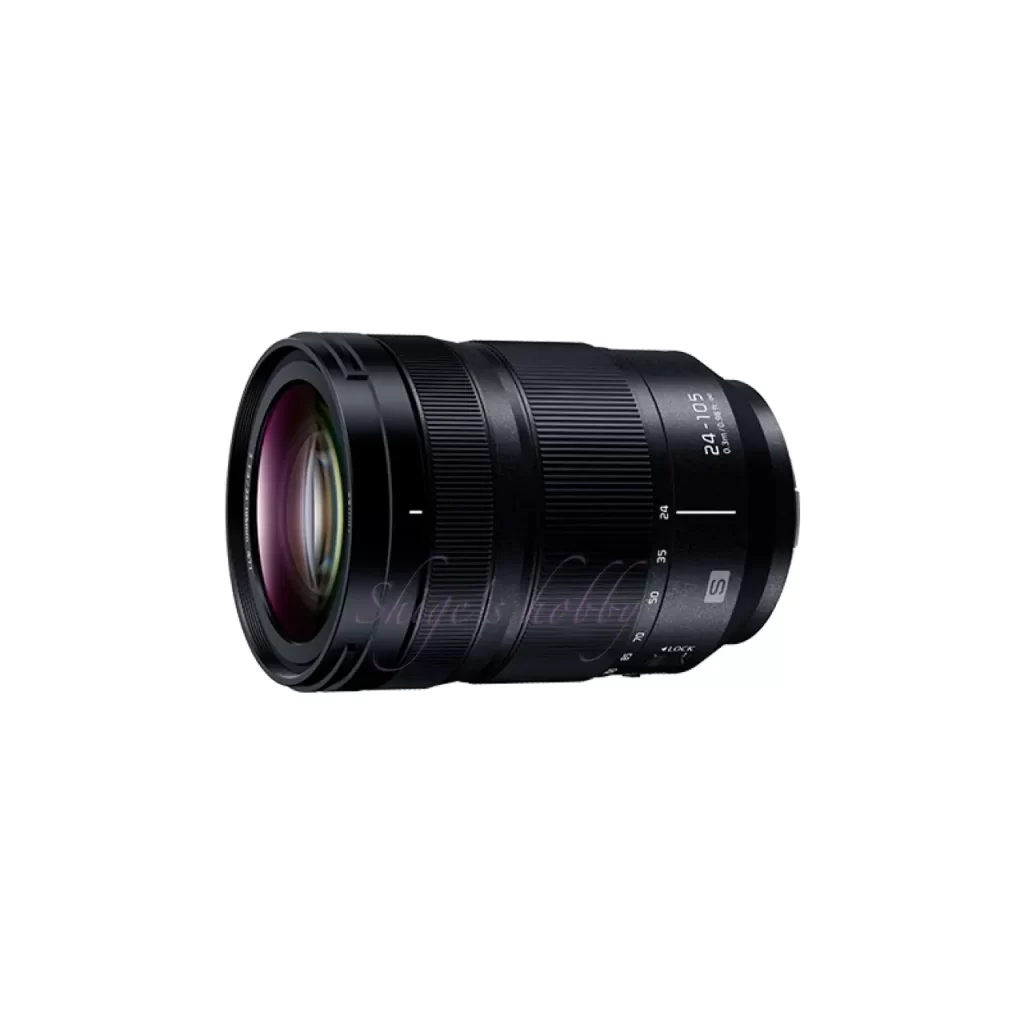F4標準ズーム LUMIX S 24-105mm MACRO

パナソニック製LUMIX S 24-105mm F4 MACRO O.I.S.(S-R24105)をLEICA SL Typ601で使用したレビューと写真作例
- サイト内広告の詳細はリンクに記載。文中斜め文字リンクは広告リンクで他サイトへ移動する。
目次
ギャラリー
写真作例はLEICA SL typ601で撮影した。
レビュー

1.概要
LUMIX S 24-105mm F4 MACRO O.I.Sは、パナソニック初のLマウント 35mmフルサイズセンサー搭載カメラ、LUMIX S1のバンドルレンズとして発売された。F4通しのフルサイズセンサーをカバーするズームレンズで、ズームレンズのワイド端が24mmからはじまり105mmまでの4.4倍ズームとなっている。
レンズは24mmが最も短く105mmが最も長くなる、廉価ズームでよく採用される望遠側で鏡筒が伸びる構造をしている。前述の通り、レンズの絞り開放値はズーム全域でF4となっており、レンズ側に光学式手ぶれ補正機構を搭載している。
最短撮影距離はズーム全域で0.3mとなっている。
2.使用感
LUMIX S 24-105mm F4 MACRO O.I.Sは、先述の通りLUMIX S1のバンドルレンズとして売られたレンズで、単体で購入した人は多くないと思われる。絞り開放値はズーム全域でF4の通し、光学式手ぶれ補正も搭載しており、バンドルレンズとしては贅沢な造りだ。
ライカ SL typ601(以下、SL)は、2020年頃にライカRマウントレンズの救済のために購入して使っていた。ライカRマウントレンズなのでマニュアルフォーカス(以下、MF)レンズしかないため、SLのオートフォーカス(以下、AF)性能を試すために、レンズを1本くらい持っていてもよいとの気持ちになり、候補を探したところ、ライカ純正の標準ズームレンズ、バリオ・エルマリート 24-90mmは高価で費用効果に見合わなかったのでパスして、ちょうどLUMIX S1発売後少したった頃でこのバンドルレンズが中野のフジヤカメラに数本並んでいたので購入した。
LUMIX S 24-105をSLで使った感想は、フォーカスの合焦精度、合焦速度とも並み、遅いとは思わないがすごく高速と感じなかったが通常使用においては十分な性能だった。後に使用したライカ純正のLマウントのAFズームレンズと比較しても速度や精度は同等であった。
F4と絞り開放値も明るくないため絞り開放から安心して使え、使用したかぎり描写も大きな破綻を感じる場面はなく、フードを付けるとレンズが大柄になるため、フード無しで使っていたが逆行気味の場面でも妖しげな光が入ることはなかった。
当初の目的のとおりSLはライカRマウントレンズで使うことが多いため、このレンズはあまり使う機会もなく売ってしまった。中古市場にそれほど流通しているわけではないが、人気がないためか探せば在庫が見つかるレンズである。ただし、中古価格と新品価格にほとんど差がないため、どちらを買うかは悩ましいかもしれない。
3.まとめ
結論としてLUMIX S 24-105mm F4 MACRO O.I.Sをまとめると、F4通しの望遠端が105mmに伸びた標準ズームレンズ。描写もズームレンズとしては問題なく、手ぶれ補正を装備し、最短撮影距離も0.3mと寄れるため使い勝手がよい。高ISOに抵抗がなく、少しでも望遠端が長いことを求めるユーザーには適したレンズだ。
望遠端105mmのときレンズが長くなること、パナソニック製交換レンズの特徴の無いデザインはマイナス点だ。
仕様・考察など
LUMIX S 24-105mm F4 MACRO O.I.Sは価格が10万円程度するため、絞り開放の明るさを重視する撮影者はSIGMAのF2.8通しの標準ズームレンズ、シグマ(Sigma) レンズ 24-70mm F2.8 DG DN Leica ライカ Lマウント ズーム 標準 フルサイズ ミラーレス用 Art、シグマ(Sigma) レンズ 28-70mm F2.8 DG DN Leica ライカ Lマウント ズーム 標準 フルサイズ ミラーレス用 Contemporaryの方がベターだ。LEICA純正のVARIO ELMARIT SL 24-90mm F2.8-4.0は設計が古いことと価格が高いためまりお勧めしない。
| レンズ名 | S-R24105 | VARIO-ELMARIT | S-PRO2470 |
| 焦点距離(mm) | 24-105 | 24-90 | 24-70 |
| 最大絞り | 4 | 2.8-4 | 2.8 |
| 最小絞り | 22 | 22 | 22 |
| レンズ構成 | 13群16枚 | 15群18枚 | 16群18枚 |
| 絞り羽根枚数 | 9 | ? | 11 |
| 最短撮影距離(m) | 0.3 | 0.3-0.45 (24-90) | 0.37 |
| レンズ長(mm) | 118 | 138 | 140 |
| レンズ最大径(mm) | 84 | 88 | 91 |
| フィルター径(mm) | 77 | 82 | 82 |
| 手ぶれ補正 | あり | あり | なし |
| 重量(g)(レンズのみ) | 680 | 1140 | 935 |
| リリース年 | 2019.3 | 2015.11.28 | 2019.9 |
| 定価(円・税別) | ¥160,000 | ¥650,000 | ¥221,000 |
参考情報
- Panasonic公式ページ・LUMIX S 24-105mm F4 MACRO O.I.S.
- LUMIX S PRO 24-70mm F2.8
- LEICA SL Typ601・Shige’s hobby
- LEICA VARIO ELMARIT SL 24-90mm・Shige’s hobby
広告
- ルミックス LUMIX S 24-105mm F4 MACRO O.I.S.・Ads by Amazon
- ルミックス LUMIX S 24-105mm F4 MACRO O.I.S.・Ads by Rakuten

Amazon Prime Sale
更新履歴
- 2024.10.12

![[商品価格に関しましては、リンクが作成された時点と現時点で情報が変更されている場合がございます。] [商品価格に関しましては、リンクが作成された時点と現時点で情報が変更されている場合がございます。]](https://hbb.afl.rakuten.co.jp/hgb/441b145e.ce2c55c5.441b145f.8499032e/?me_id=1281084&item_id=11130175&pc=https%3A%2F%2Fthumbnail.image.rakuten.co.jp%2F%400_mall%2Fakiba-u-shop%2Fcabinet%2F20241115used2%2F2133060050956.jpg%3F_ex%3D128x128&s=128x128&t=picttext)
![[商品価格に関しましては、リンクが作成された時点と現時点で情報が変更されている場合がございます。] [商品価格に関しましては、リンクが作成された時点と現時点で情報が変更されている場合がございます。]](https://hbb.afl.rakuten.co.jp/hgb/06ddf1d8.b245f6d5.06ddf1d9.44d5c3c5/?me_id=1202242&item_id=11265824&pc=https%3A%2F%2Fthumbnail.image.rakuten.co.jp%2F%400_mall%2Fmapcamera%2Fcabinet%2Fnew_117%2F4549980234709_1.jpg%3F_ex%3D128x128&s=128x128&t=picttext)
コメントを残す